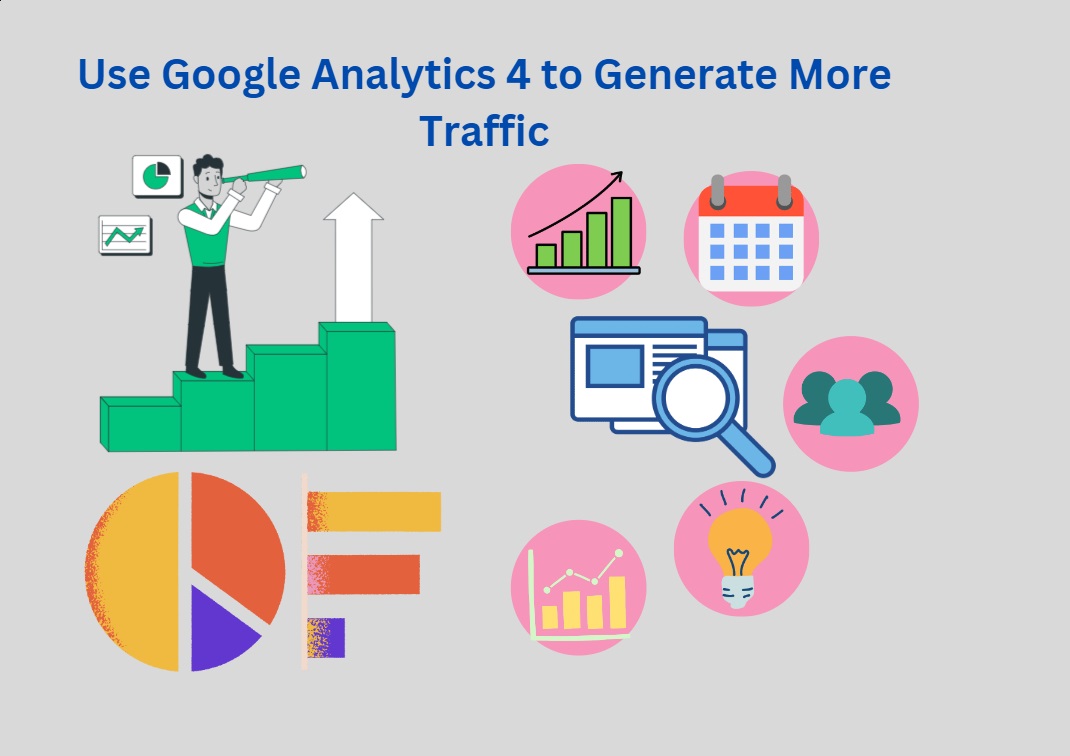Vision After 60
Do you find yourself squinting a lot when reading an email or text in a book? Perhaps you require more light to read a dinner menu in a dimly lit restaurant? No need to panic. If you’re in your 50s or getting into your 60s, your eyes are just showing signs of ageing. After living for six decades, our eyes, just like other body organs, start to show the effects of the toll they took. To help you understand why you may be experiencing difficulties with your eyesight, Eyes in the Village takes you through how ageing affects your eye structure.
The human eye is made up of lenses designed with the flexibility to focus. In bright light, the pupil contracts to allow in less light, which helps it focus without glare. In dim lighting, the pupil dilates to let in more light for a sharper vision. Lifestyle habits such as years of working in a brightly lit environment or exposure to blue light for extended periods may eventually take a toll on your eyes in old age.
Vision after 60 weakens, and this is not entirely due to disease. As you age, the eye muscles that control contraction and dilation of the pupil weaken. As a result, the pupil size reduces and becomes less responsive to different lighting conditions. In an enclosed environment, persons aged 60 and above may require up to three times more ambient lighting for proper vision. With reduced pupil size, you may experience temporary blindness in bright sunlight, especially if you just came out of a dimly lit room. The glare from sunlight reflecting over a pavement in the distance and other reflective surfaces may also cause you to squint. To counter the effects of light, optometrists recommend eyeglasses with photochromic lenses. When out in the sunlight, photochromic lenses darken and clear up when you enter a room. The other alternative for dealing with light is eyeglasses that have an anti-reflective coating. These also counter the sun’s glare.
As you age, your eyes may begin to experience peripheral field defects. In this case, you will experience normal central vision, but lose your wide-angle field of vision. As a result, you will only be able to focus on objects that are directly in front. This creates the sensation of tunnel vision where you will often find yourself moving your eyes more than you normally would in order to bring wide-angle-view objects into focus. Opticians treat peripheral field defects using eyeglasses with a prism lens. The lens aids vision by expanding the field of view of your eyes. In cases where peripheral field defect is caused by glaucoma, optometrists will prescribe prism lens eyeglasses together with glaucoma medication.

As you age, you may experience a more advanced loss of focus on nearby objects. This happens due to the loss of flexibility of the eye’s lens, a condition known as presbyopia. When suffering from this condition, the lens is unable to thicken enough and thus can’t bring nearby objects into focus. This condition is different from reduced pupil size as the loss of focus occurs regardless of the lighting conditions. There are a couple of remedies for presbyopia. For minute cases, single-vision reading glasses can help restore close focus vision. For advanced cases, you may have to use eyeglasses with multifocal lenses. Alternatively, if you prefer contact lenses to eyeglasses, optometrists normally prescribe monovision or bifocal contact lenses depending on your condition. Laser and refractive eye surgery can also help restore close focus vision.
With old age comes the loss of sensitivity in the cells in your retina. These cells are responsible for accurate colour perception. The loss of sensitivity is also associated with a yellow tint on the lens of the eye, which leads to loss of contrast sensitivity. Affected persons experience trouble distinguishing between closely related colours such as blue and black or yellow and orange. Loss of contrast sensitivity usually comes in a mild form. Optometrists encourage affected users to attend a series of optical tests for correct diagnosis.
Persons over the age of 60, especially women going through menopause, experience dry eye. Dry eyes come about as a result of the tear glands producing fewer tears than usual. Those affected, experience a stinging or burning sensation alongside eye discomfort. This is easily treated by using artificial tears as prescribed by an optometrist.
The change in the structure of your eye is inevitable as you grow older. With regular eye checkups, optometrists can comfortably help you manage the changes and restore your eyesight back to its former glory. Sometimes all you need is appropriate eyeglasses; a qualified optometrist can advise you accordingly.












*Can I just say what a relief to find someone who actually knows what theyre talking about on the internet. You definitely know how to bring an issue to light and make it important. More people need to read this and understand this side of the story. I cant believe youre not more popular because you definitely have the gift.